What Is Receding Gums? Causes, Treatment, and AI Diagnosis
Receding gums occur when the gum tissue surrounding the teeth pulls back, exposing the tooth roots. This condition can lead to tooth sensitivity, decay, and even tooth loss if left untreated. Many people wonder, "why are my gums receding?", and the answer often lies in poor oral hygiene, aggressive brushing, or underlying health issues.
If you’ve ever thought, "I healed my receding gums", it’s likely that early intervention and proper care played a role. While receding gums treatment is available, prevention is always the best approach. Recognizing the early signs of gum recession and seeking treatment can help fix receding gums before serious damage occurs.
In this guide, we’ll explore what causes receding gums, how to stop them from progressing, the best treatment for receding gums, and how AI technology is revolutionizing gum disease diagnosis.Recognizing Receding Gums: Signs and Symptoms
Identifying what receding gums look like is the first step toward treatment. Here are the most common symptoms to watch for:
- Exposed Tooth Roots – Gums pull away, making teeth look longer.
- Increased Sensitivity – Hot, cold, or sweet foods cause discomfort.
- Bleeding Gums – Brushing or flossing leads to bleeding.
- Swollen or Red Gums – Early signs of gum disease.
- Loose Teeth – Advanced gum recession weakens teeth.
- Bad Breath (Halitosis) – Gum infections lead to persistent bad breath.
If you notice any of these signs, seeking treatment for receding gums early can prevent further damage. Understanding what causes receding gums is also crucial for protecting your oral health.
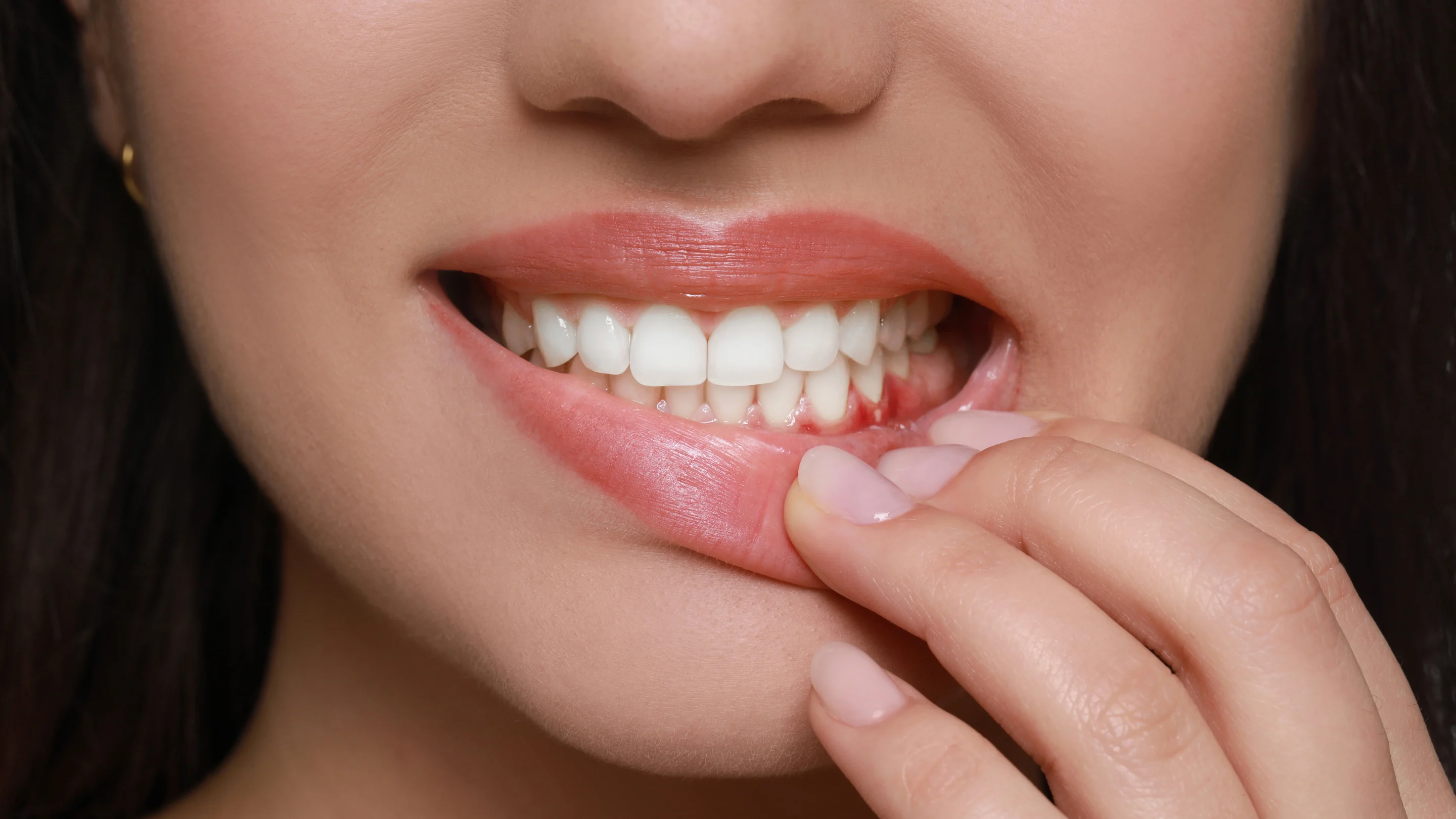
Effective Ways to Stop and Prevent Receding Gums
How to stop receding gums and prevent further gum damage requires a combination of good oral care habits and professional treatment. Here are some proven ways to protect your gums:
1. Brush Gently with a Soft-Bristled Toothbrush
- Aggressive brushing wears down gum tissue.
- Use gentle, circular motions to clean teeth and gums.
2. Floss Daily to Remove Plaque
- Prevents bacteria buildup between teeth.
- Reduces the risk of gum disease, a major cause of recession.
3. Avoid Tobacco and Alcohol
- Smoking and alcohol consumption contribute to gum inflammation.
- Quitting helps prevent receding gums from worsening.
4. Visit Your Dentist Regularly
- Professional cleanings remove plaque that brushing can’t reach.
- Early detection allows for timely receding gums treatment.
5. Use Antibacterial Mouthwash
- Kills bacteria that cause gum infections.
- Strengthens gum tissue and prevents inflammation.
If you’re wondering how to stop gums from receding, these preventive steps can help protect your smile and maintain healthy gums.
Treatments for Receding Gums
Receding gums treatment varies depending on the severity of the condition. If caught early, simple home remedies and improved oral hygiene can help, but advanced cases may require professional treatments.
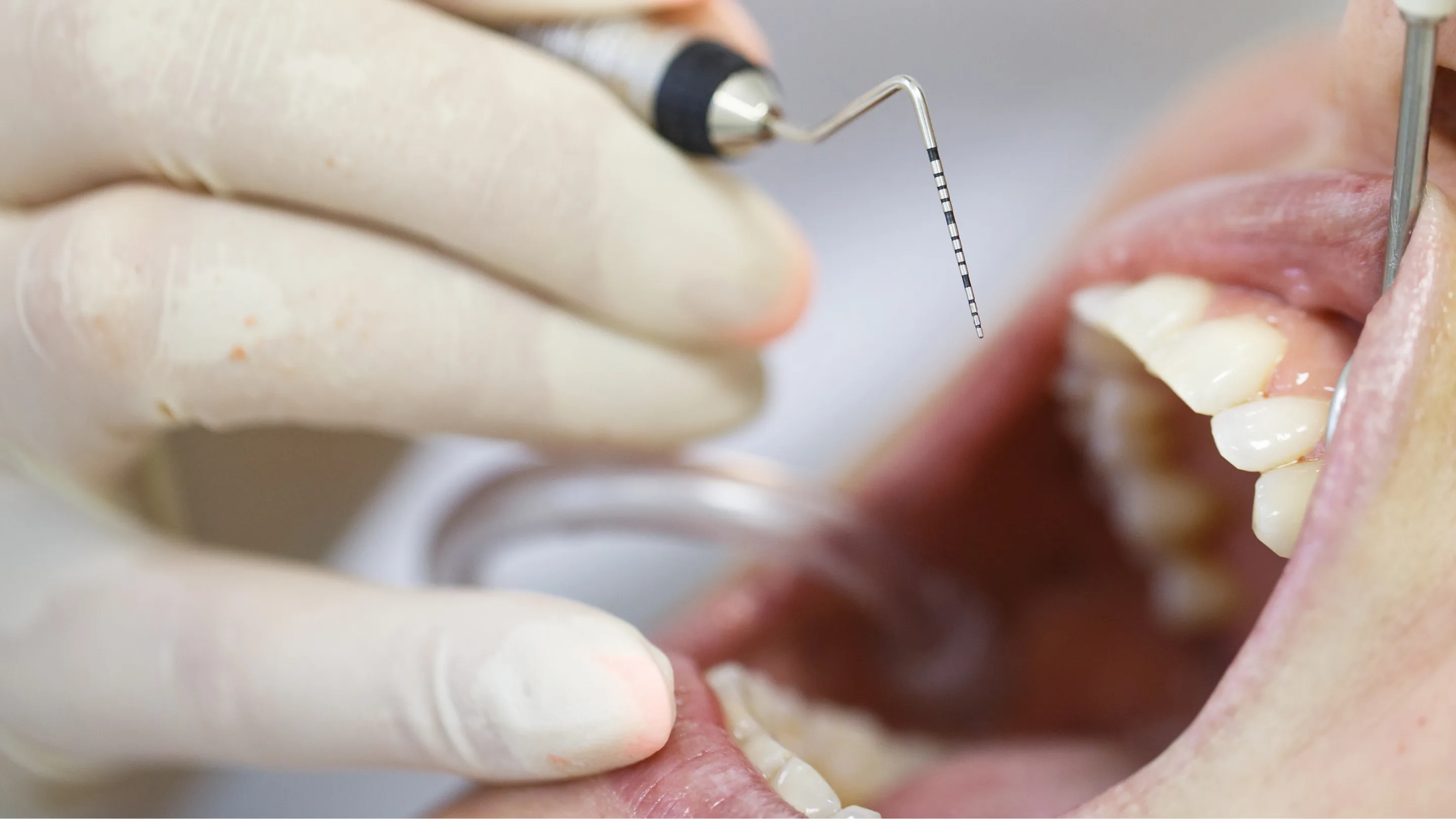
Non-Surgical Treatments for Receding Gums
For mild cases, the following options can help fix receding gums without surgery:
- Deep Cleaning (Scaling & Root Planing) – Removes plaque and bacteria beneath the gum line.
- Desensitizing Agents & Fluoride Treatments – Reduces tooth sensitivity caused by exposed roots.
- Gum Grafts (Non-Surgical Fillers) – Some treatments use collagen or proteins to help gum tissue regenerate.
- Medicated Mouthwashes & Antibiotics – Prevents infections and promotes gum healing.
Surgical Treatments for Receding Gums
In advanced cases, surgical procedures may be the best treatment for receding gums:
- Gum Grafting – A small piece of gum tissue is taken from another area and attached to receded areas.
- Pinhole Surgical Technique (PST) – A minimally invasive procedure that repositions gum tissue without stitches.
- Guided Tissue Regeneration – Helps rebuild lost bone and gum tissue.
If you’re looking for a new treatment for receding gums, innovative procedures like laser therapy and stem cell treatments are showing promising results.
The Best Treatment Options for Receding Gums
Choosing the best treatment for receding gums depends on the severity of the recession and the underlying cause. Here’s a quick comparison of effective options:
|
Treatment |
Best For |
Recovery Time |
|
Deep Cleaning (Scaling) |
Mild gum recession & plaque buildup |
1-2 days |
|
Gum Grafting |
Moderate to severe gum loss |
1-2 weeks |
|
Pinhole Surgical Technique |
Faster healing with minimal invasion |
Few days |
|
Laser Therapy |
New treatment for fixing receding gums |
Immediate |
How AI Technology is Transforming Gum Disease Diagnosis?
The latest advancements in AI for dental care are revolutionizing the way dentists detect and treat receding gums. Traditional gum disease diagnosis relies on visual exams and X-rays, but artificial intelligence (AI) can detect early-stage gum recession with higher accuracy.
How AI Improves Gum Disease Detection
- Early Diagnosis – AI-powered imaging software can spot gum recession before it becomes severe.
- Precision Analysis – AI scans measure gum loss and detect small changes over time.
- Predictive Modeling – AI can predict future gum health risks based on oral data.
- Personalized Treatment Plans – AI suggests customized receding gums treatment options for each patient.
AI-Powered Dental Scanners and Smart Tools
- 3D Imaging & AI Diagnostics – Provides high-resolution gum health analysis.
- AI-Assisted Dental Apps – Helps users monitor their gums at home.
- Automated Gum Health Reports – AI tracks gum changes and alerts dentists.
With the power of AI for dental diagnostics, patients can receive faster, more accurate, and personalized gum disease treatments. This technology is helping dentists fix receding gums before they lead to serious dental problems.
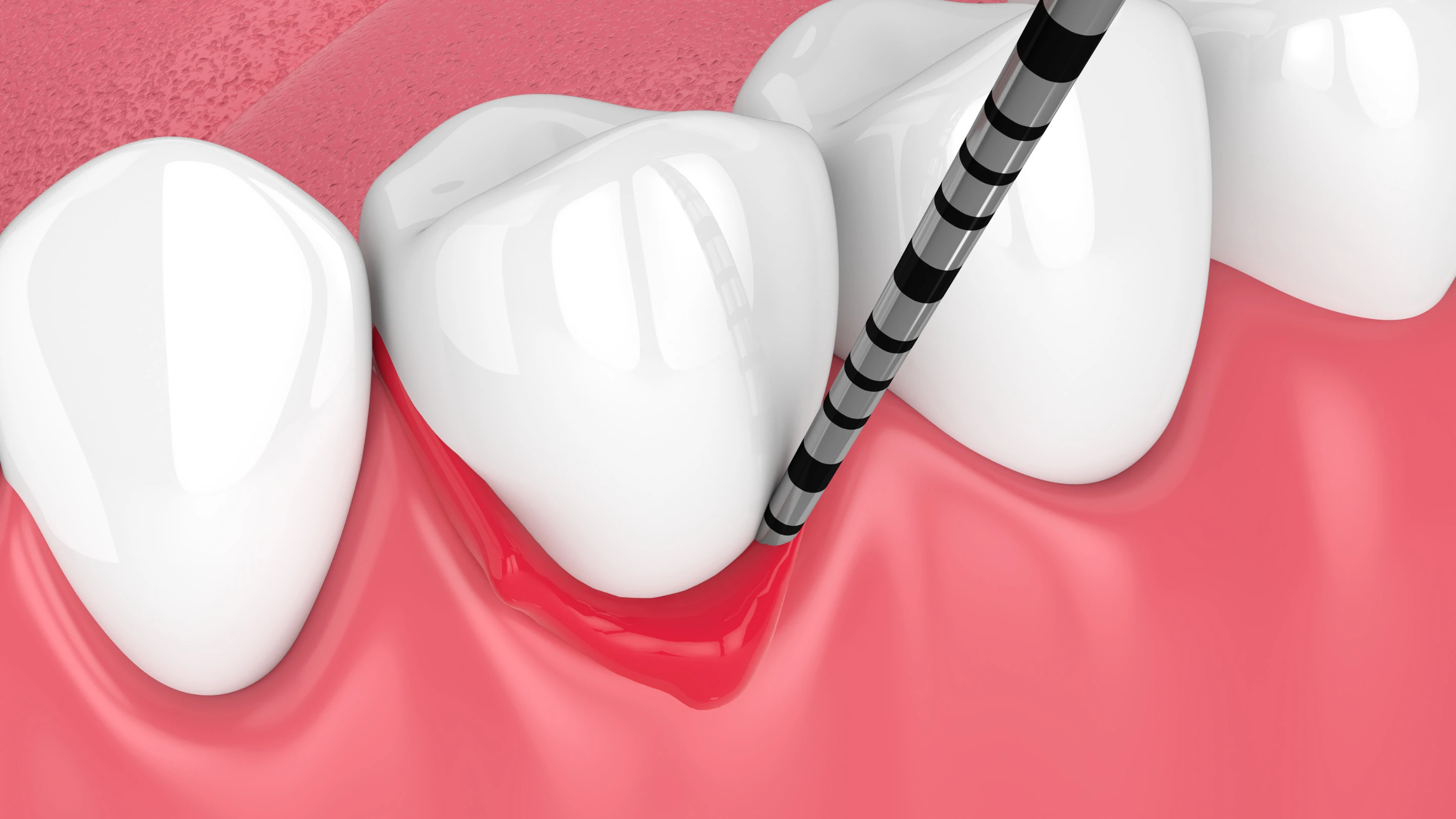
Final Thoughts
Understanding what causes receding gums and how to prevent them is key to maintaining healthy teeth. Whether through home care, professional treatment, or AI-powered diagnosis, protecting your gums ensures a strong and lasting smile.
For more insights on AI for dental innovations, visit our homepage and explore the latest advancements in oral healthcare!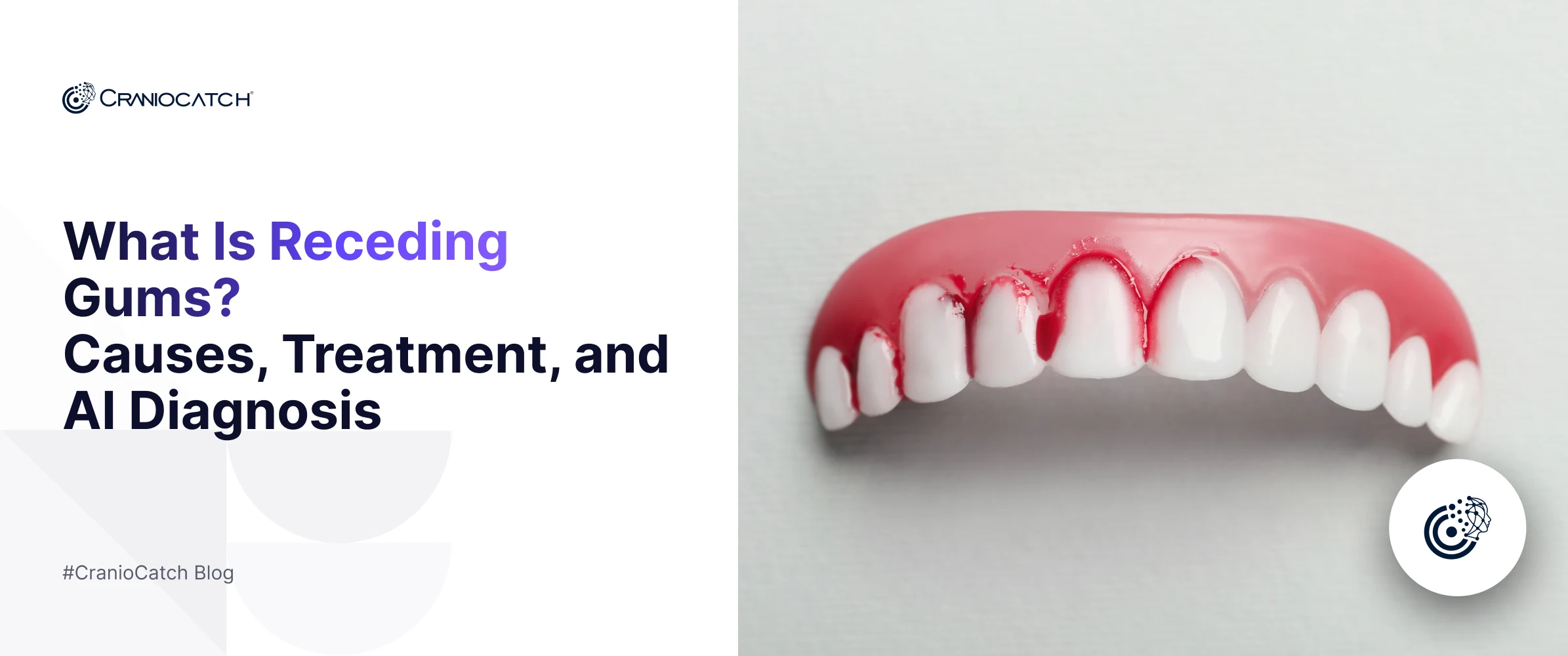

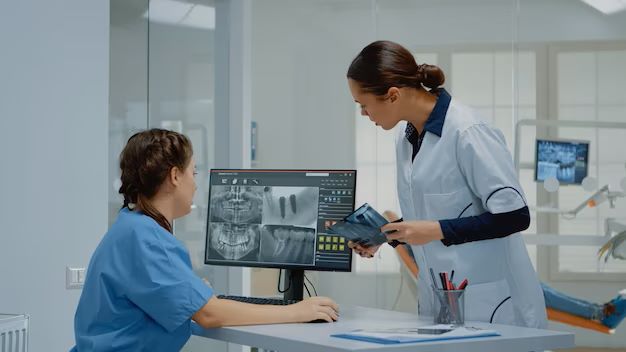

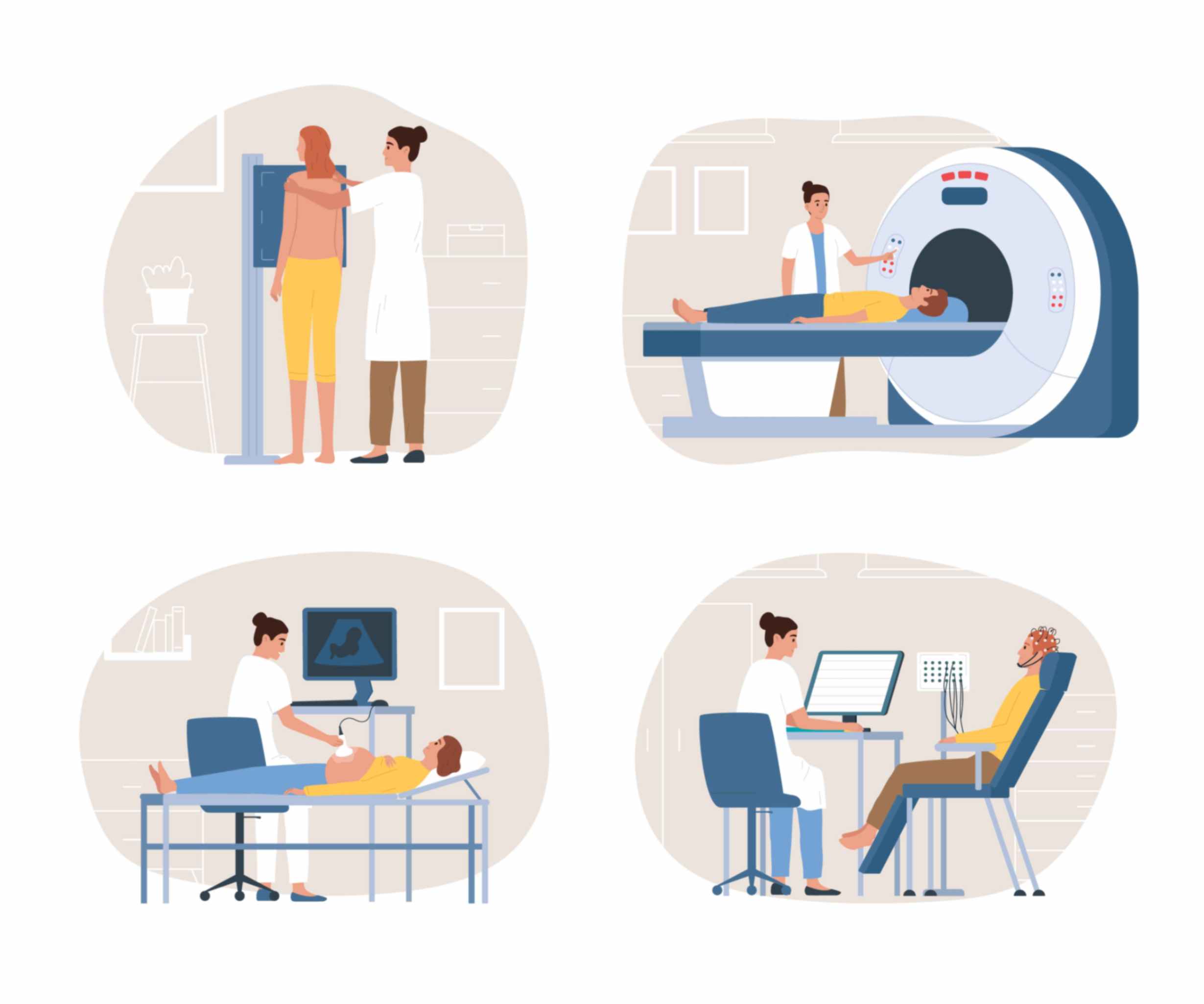
 Contact Us
Contact Us

